In a groundbreaking initiative, drones are set to become First Responders in cardiac emergencies, potentially saving lives by delivering automated external defibrillators (AEDs) faster than traditional emergency services. This innovative approach is being tested in several locations across the United States, as reported by the Daily Montanan.
Drones as Lifesavers in Clemmons, North Carolina
Starting September, residents of Clemmons, North Carolina, who call 911 for a cardiac arrest may see a drone arrive before human first responders.
Daniel Crews, spokesperson for the Forsyth County sheriff’s office, explained, “The idea is for the drone to get there several minutes before first responders.”
The program, a collaboration between local emergency services, Duke University’s Clinical Research Institute, and drone consulting firm Hovecon, aims to improve survival rates for cardiac arrest victims.
The Critical Time Factor in Cardiac Emergencies
Every year, over 356,000 people in the U.S. experience cardiac arrest outside of hospitals, with a staggering 90% mortality rate due to delayed intervention.
Dr. Monique Anderson Starks, a cardiologist at Duke University leading the pilot studies, emphasized the potential impact: “We’ve never been able to move the needle for cardiac arrest in private settings, and this technology could meet that need.”
The average response time for emergency medical services is about seven minutes, but drone-delivered AEDs could reduce treatment time by four minutes, potentially increasing survival chances significantly.
How the Drone AED System Works
In Forsyth County, a drone pilot from the sheriff’s department monitors 911 calls. Upon identifying a suspected cardiac arrest, they can dispatch a drone even before alerting EMS. The 22-pound drone, capable of traveling at 60 mph, hovers at 125 feet and lowers the AED to the ground using a winch.
Expanding Beyond Cardiac Care
The use of drones in emergency response is not limited to cardiac care. In Florida, a program involving Tampa General Hospital, Manatee County, and Archer First Response Systems (AFRS) is exploring drone delivery of AEDs, tourniquets, and Narcan for opioid overdose reversal.
Challenges and Concerns
While promising, the technology faces regulatory hurdles. The Federal Aviation Administration (FAA) typically requires drone operators to maintain visual line of sight. However, recent legislative changes may lead to new rules for beyond visual line of sight operations.
Civil liberties groups, including the American Civil Liberties Union, have raised privacy concerns about potential drone surveillance.
Jay Stanley, a senior policy analyst at the ACLU, stated, “The concern is that the FAA is going to significantly loosen the reins of drones without any significant privacy protections.”
DroneXL’s Take
The use of drones for emergency medical response represents a significant leap forward in leveraging technology to save lives. As we’ve seen in our recent coverage of drone applications for first responders, these unmanned aircraft are proving invaluable in various emergency scenarios. The ability to bypass traffic and deliver life-saving equipment in minutes could revolutionize emergency medical services, especially in suburban and rural areas where response times are often longer.
However, as the technology advances, it’s crucial to address privacy concerns and establish clear regulations that balance public safety with individual rights. The Drone Industry must work closely with lawmakers and civil liberties groups to ensure responsible deployment of this potentially life-saving technology.
What are your thoughts on using drones for emergency medical response? Do you think the benefits outweigh the potential privacy concerns? Share your opinion in the comments below.
The featured image is for illustration purposes only.
Discover more from DroneXL
Subscribe to get the latest posts sent to your email.
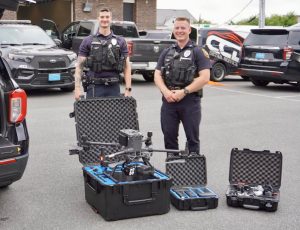




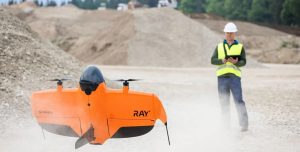
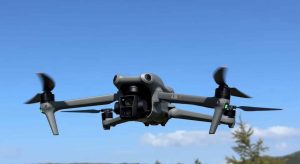
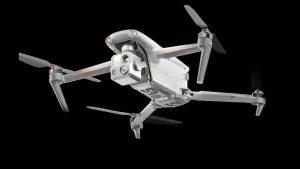

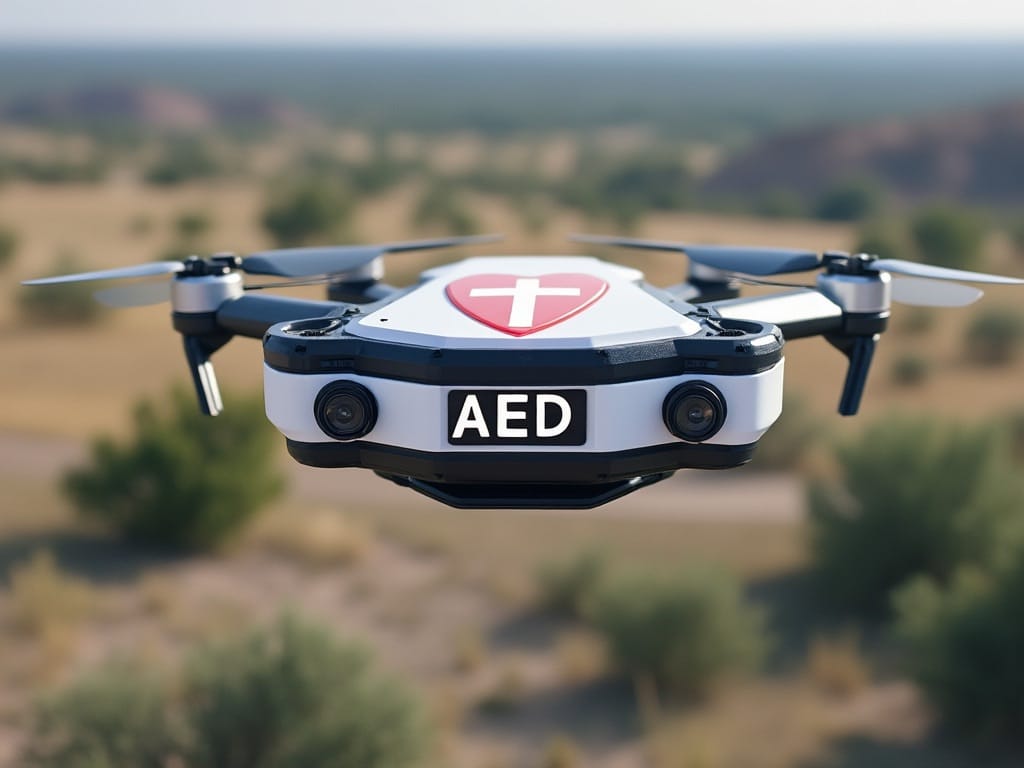
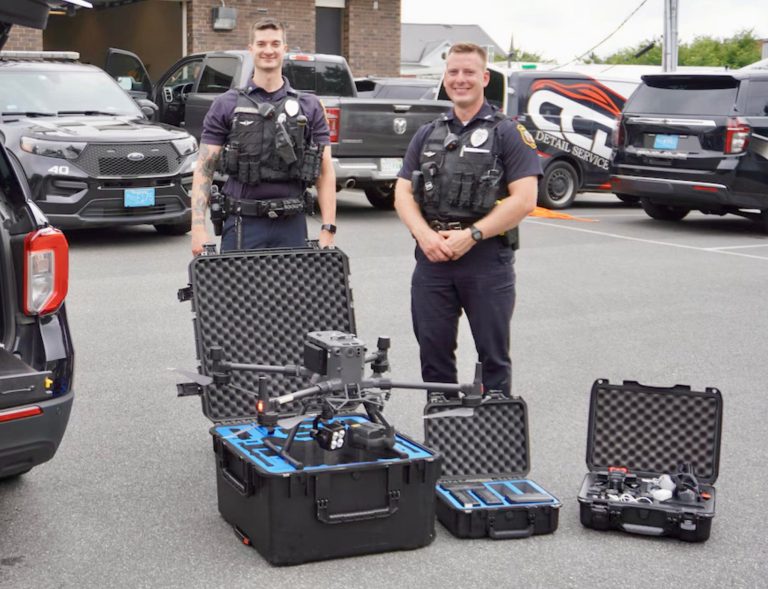
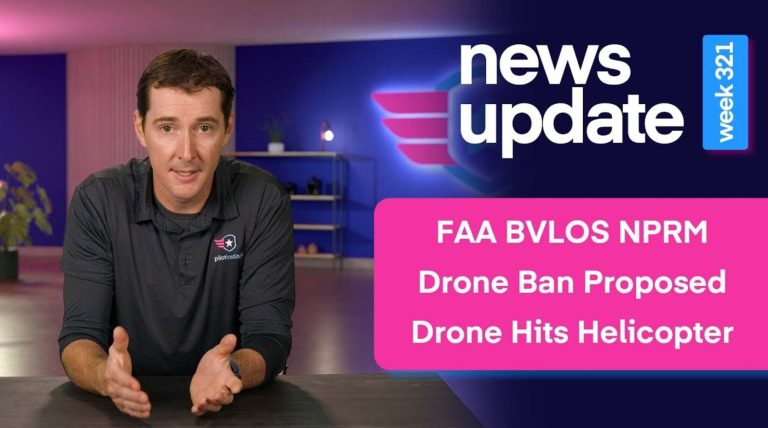



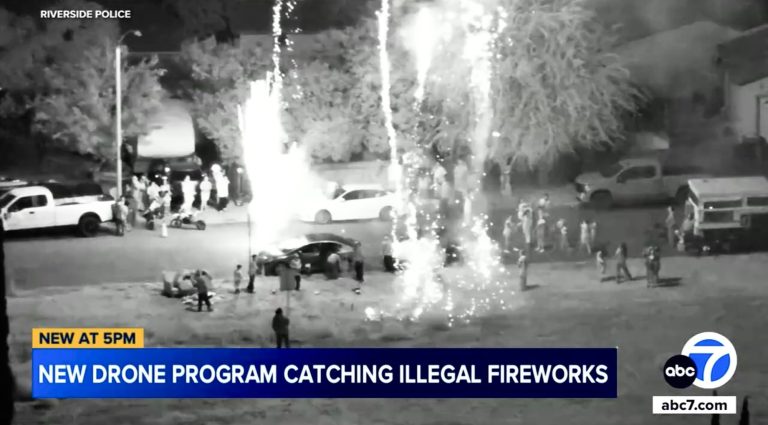
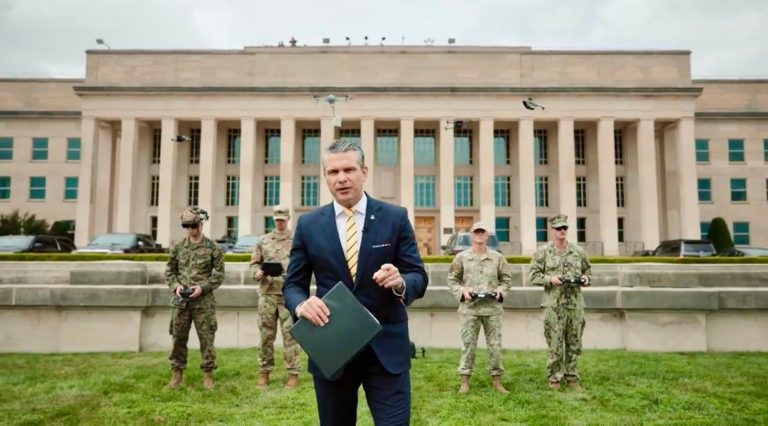

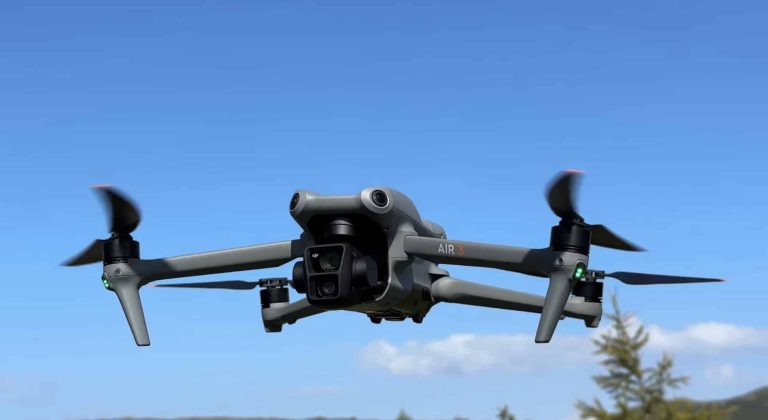
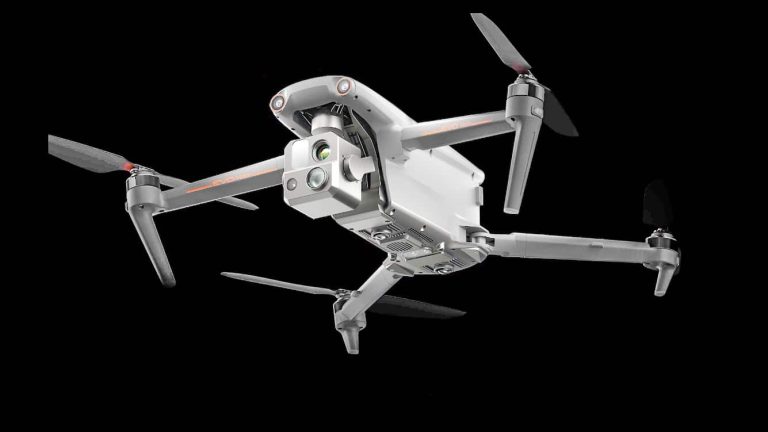
+ There are no comments
Add yours